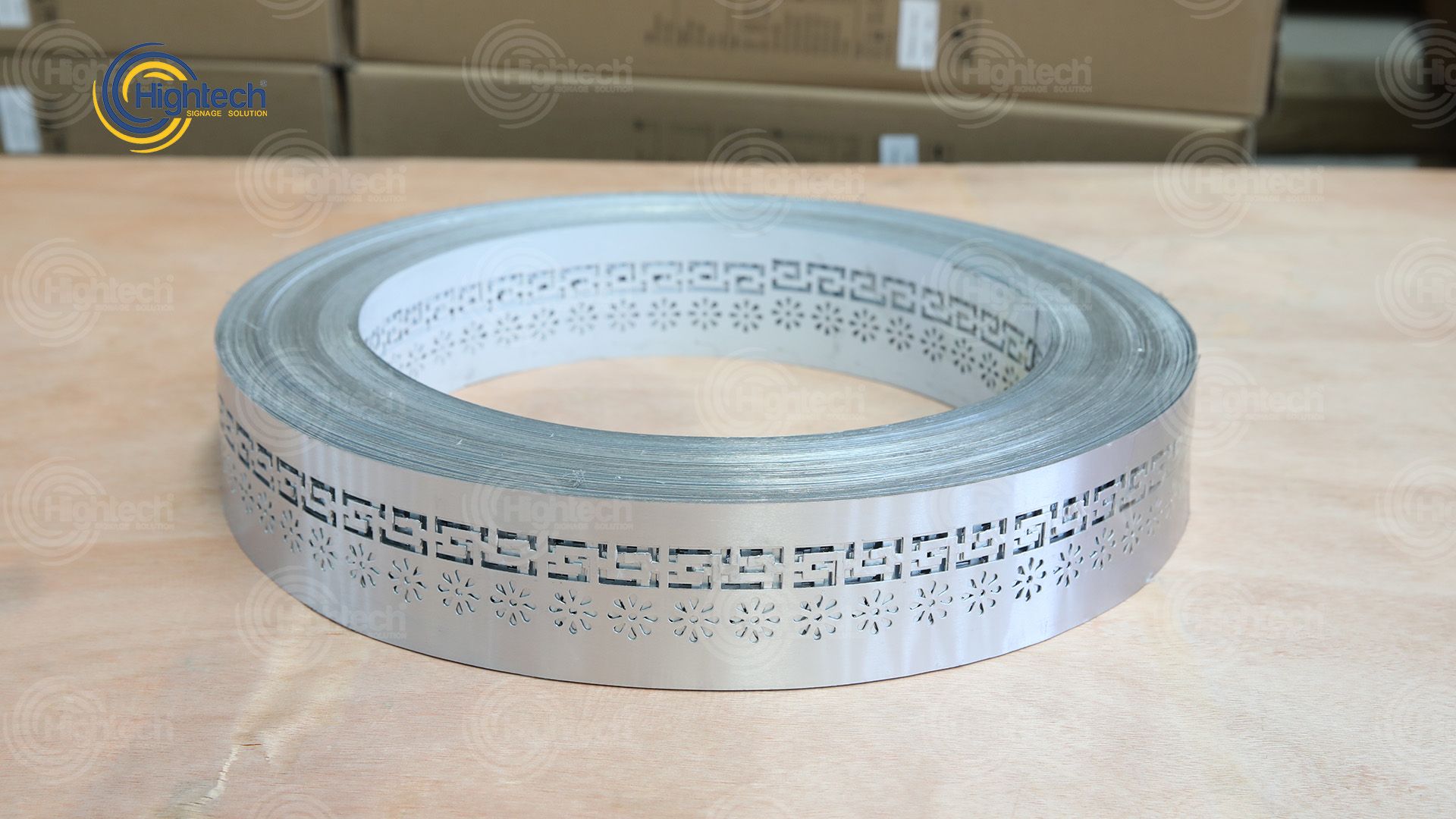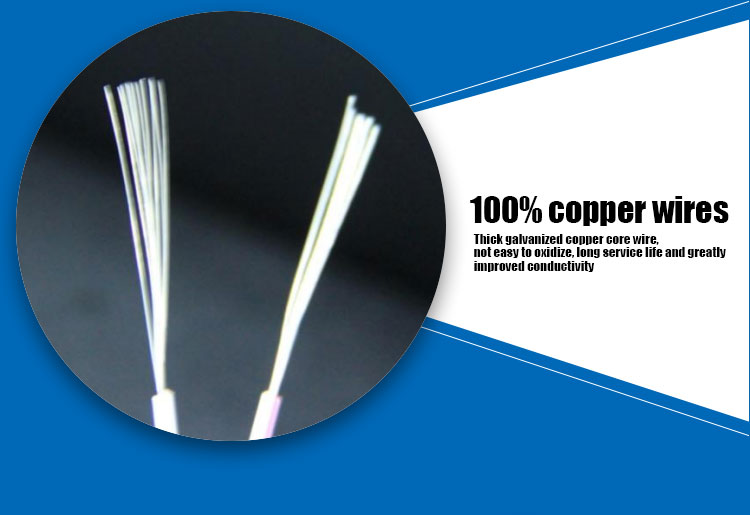Rubber strip window seals are designed to prevent air leaks and water infiltration, which are common concerns for homeowners. By effectively sealing the gaps around windows, these strips help maintain a consistent indoor temperature and reduce energy bills, making them an essential component of modern window technology. Factories producing these rubber seals play a crucial role in the supply chain, ensuring that high-quality materials are available to contractors, builders, and individual consumers.
 Home
Home












